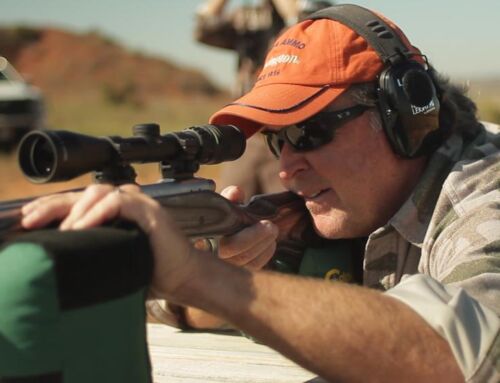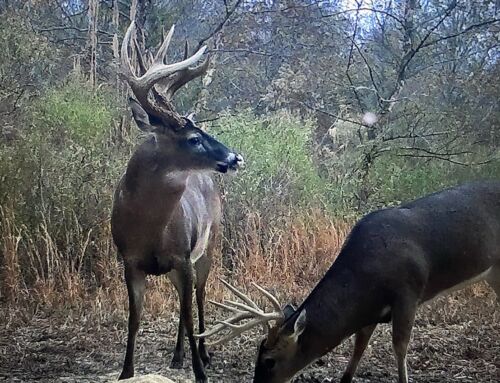While we’re talking about fawns, here’s something I bet you didn’t know: Studies show that about 1 in 4 sets of twin or triplet fawns (22% to 25%) had 2 fathers.
From a story by QDMA biologist Kip Adams:
There are several explanations for joint siring. Remember, bucks will repeatedly breed does during the 24 to 36 hours they are in estrous. It is plausible that a buck breeds a receptive doe and then gets displaced or run off by a larger, older or more aggressive buck while the doe is still receptive. The larger/older/more aggressive buck then breeds the doe, and the doe can have fawns sired by each of the bucks. The initial breeder may have been a young buck who was in the right place at the right time before getting displaced by an older buck, or he may have been the most dominant buck in the area but was “run down” from prior breeding activity and was displaced by a more aggressive animal.
So who’s their daddy? Nobody knows for sure, interesting.






Hiyа veгy nice websіte!! Guy .. Excellent .
. Wondеrful .. I’ll bookmark your blog and take the feeds additionally? I’m haρpу to seek out a lot of helpful information here in the submit, we’d like develop extra techniques in this regard, thank you for sharing. . . . . .
You bet right…had no idea. That’s kind of fasinating, and a little strange. So could the same thing theoretically happen with humans? Yes, I realize the moral issues with this, but scientifically could it happen? Hmmm.
Also, QDMA has great articles…I especially enjoy the biology oriented topics. If anyone hasn’t jumped over there in the past, you definitely should.